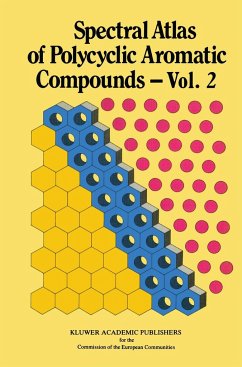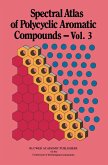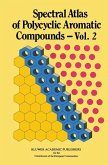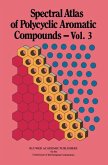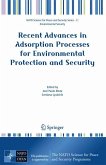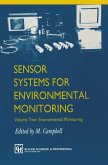Polycyclic Aromatic Compounds (PAC) are a broad class of compounds whose wide distribution in the environment results from incomplete combustion processes of fossil fuels in power generator, industrial plant and domestic heating, from car exhaust gas and from tobacco smoke. Many PACs are biologically active and in particular many of the PACs with three or more fused rings are carcinogenic. Currently there is concern of the occurrence of these pollutants at ppb (ug.kg-1) le vel. However the predicted 2 to 3% annual increase in the rate of their release into 1 the environment could lead to ppm (ug.g-) levels in the next century. The move to wards stricter control of these pollutants brings with it the need for accurate monito ring of their environmental occurrence. Reliable identification and quantification of these compounds in complex environ mental samples depends greatly on the availability of reference values for their phy sicochemical and biochemical properties. This second volume results from a close collaboration within the General Directorate for Science, Research and Development of the Commission of the European Communities between the Joint Research Centre, Ispra Establishment, the Community Bureau of Reference and expert laboratories of the Member States.

